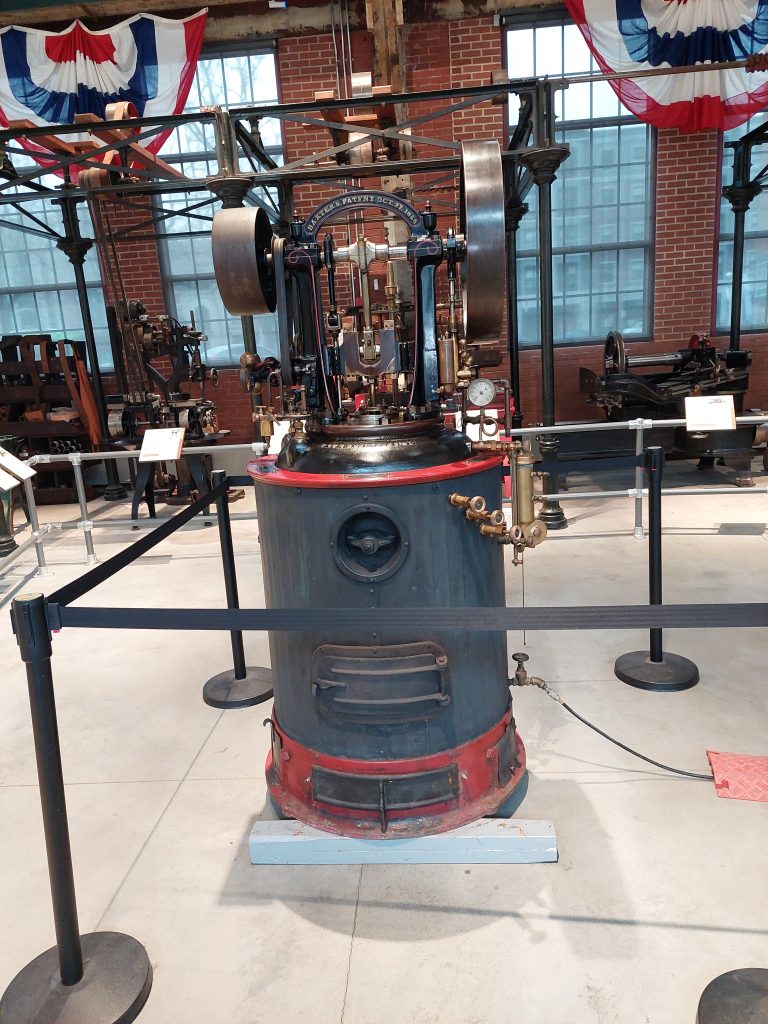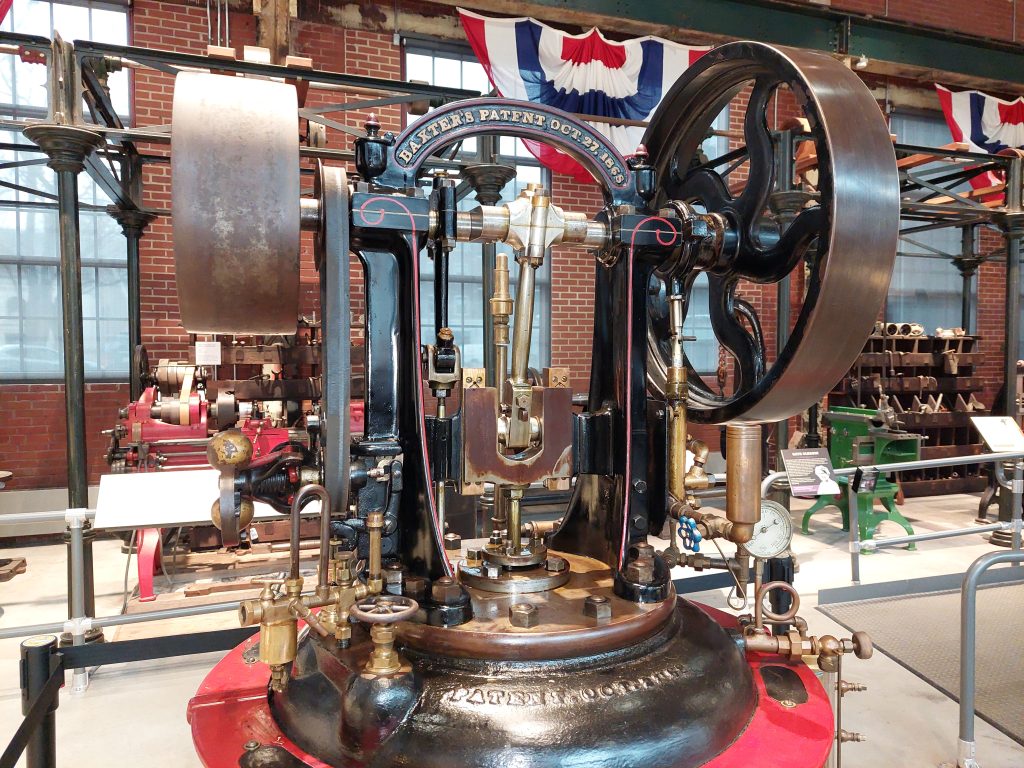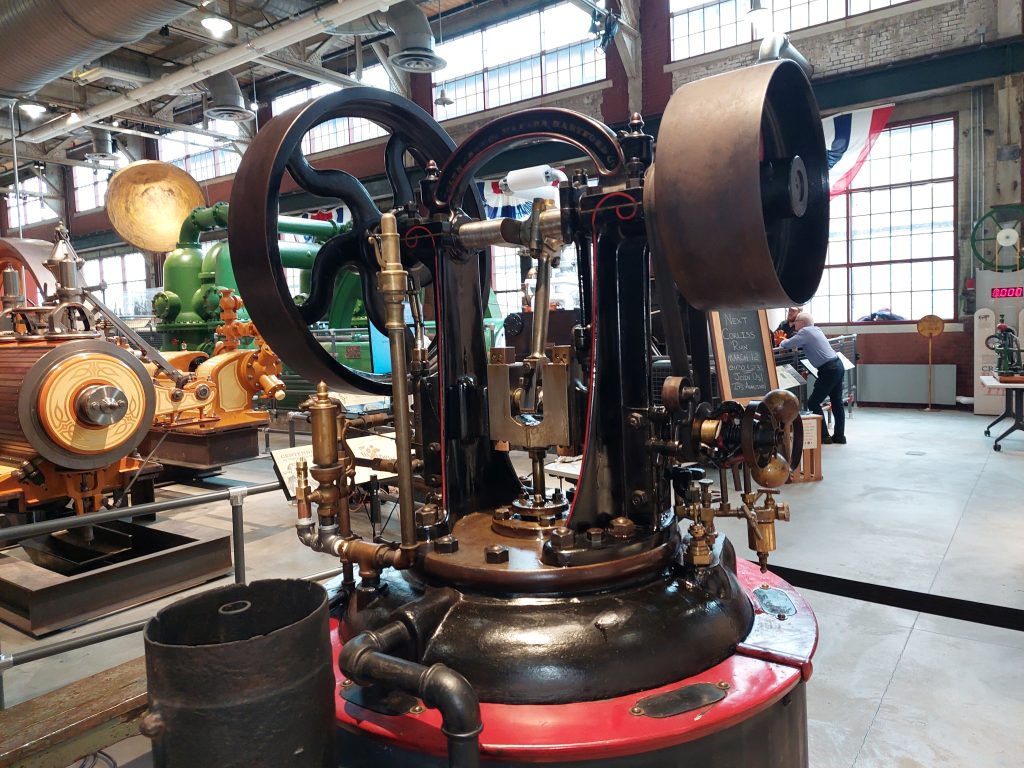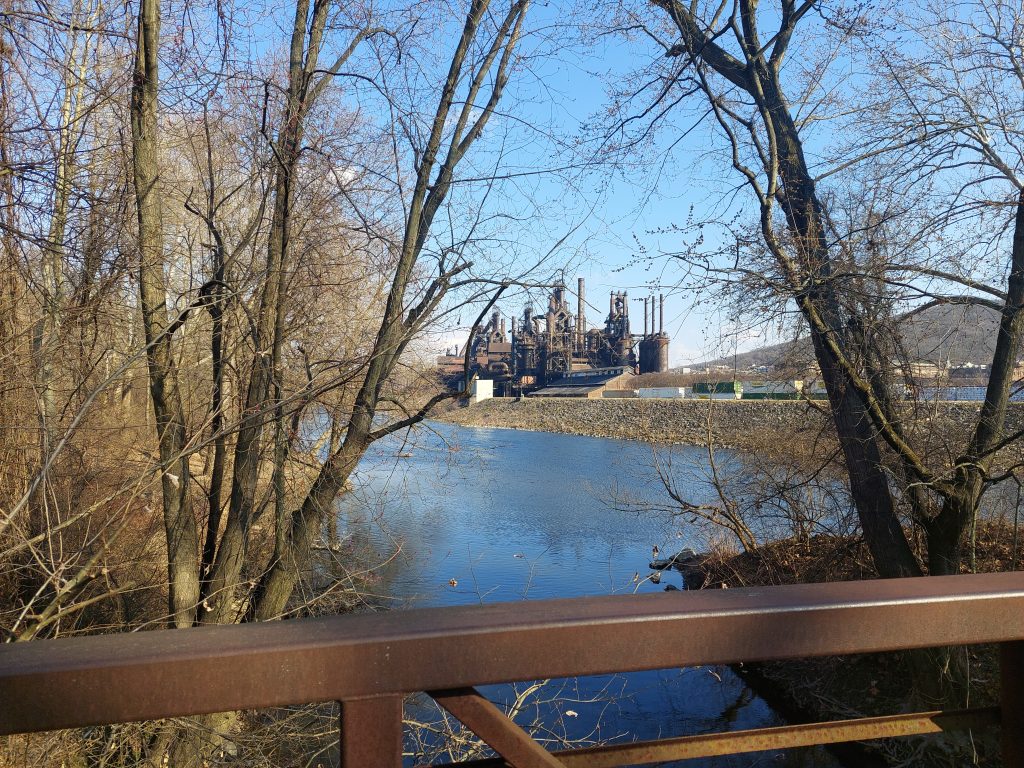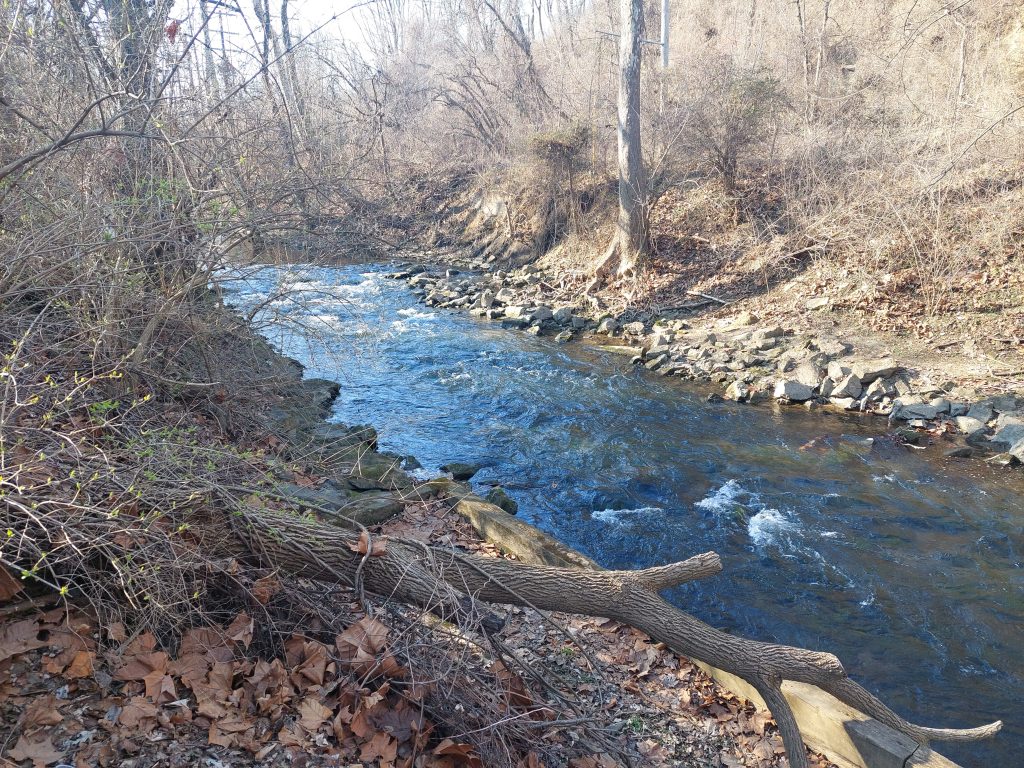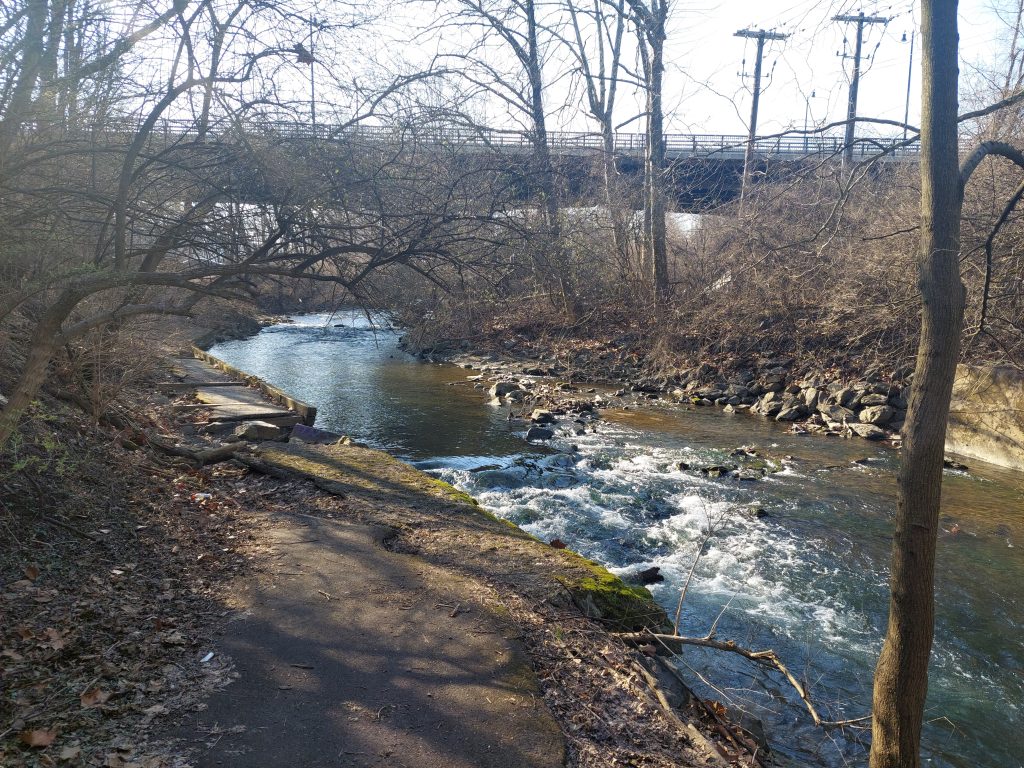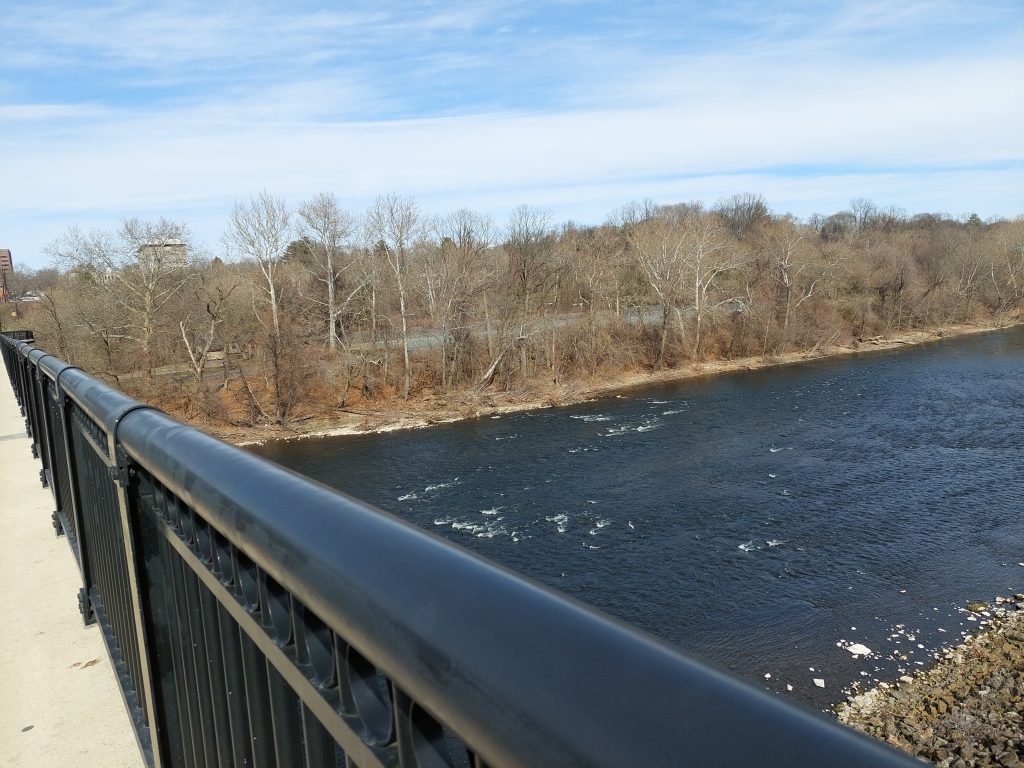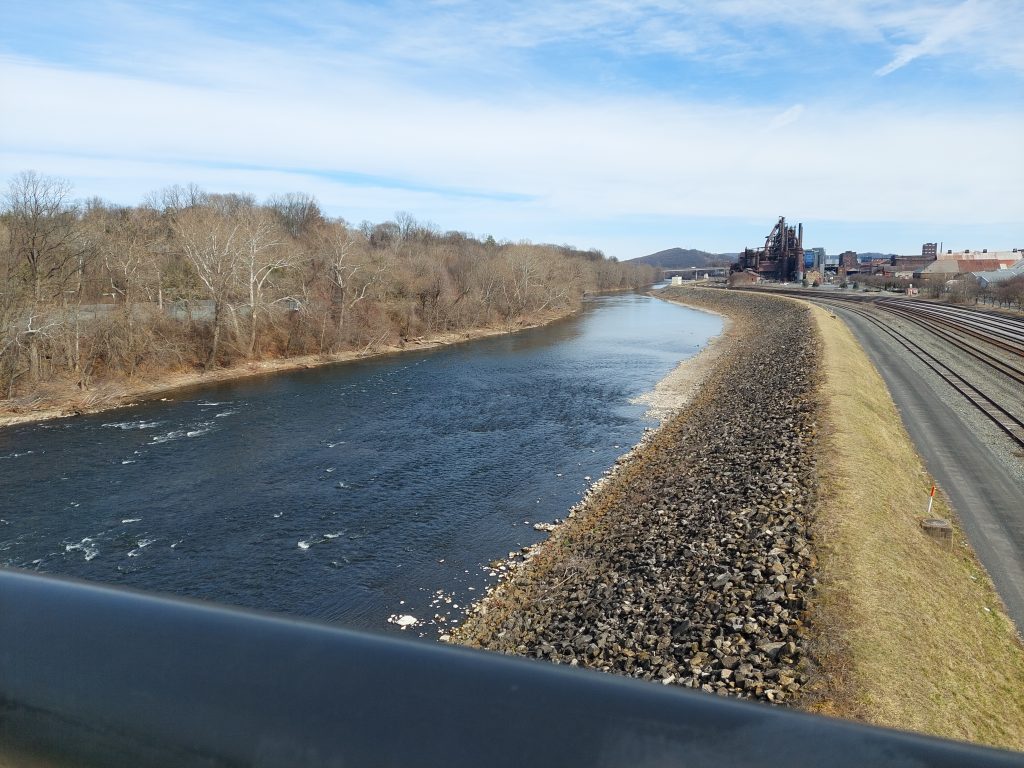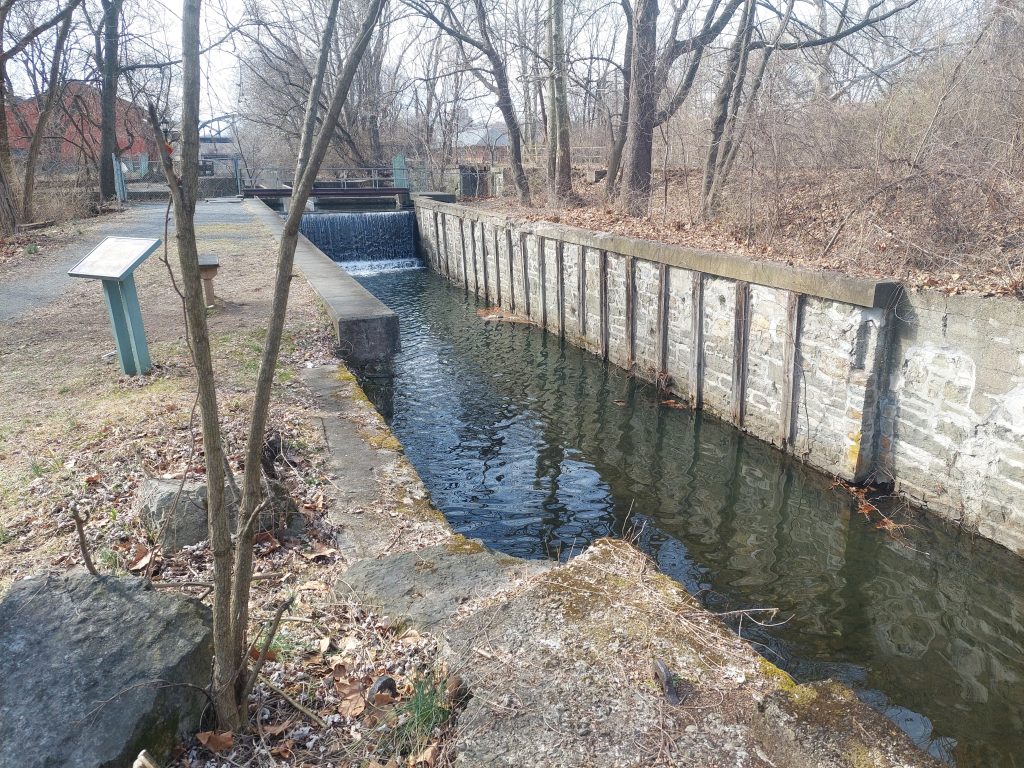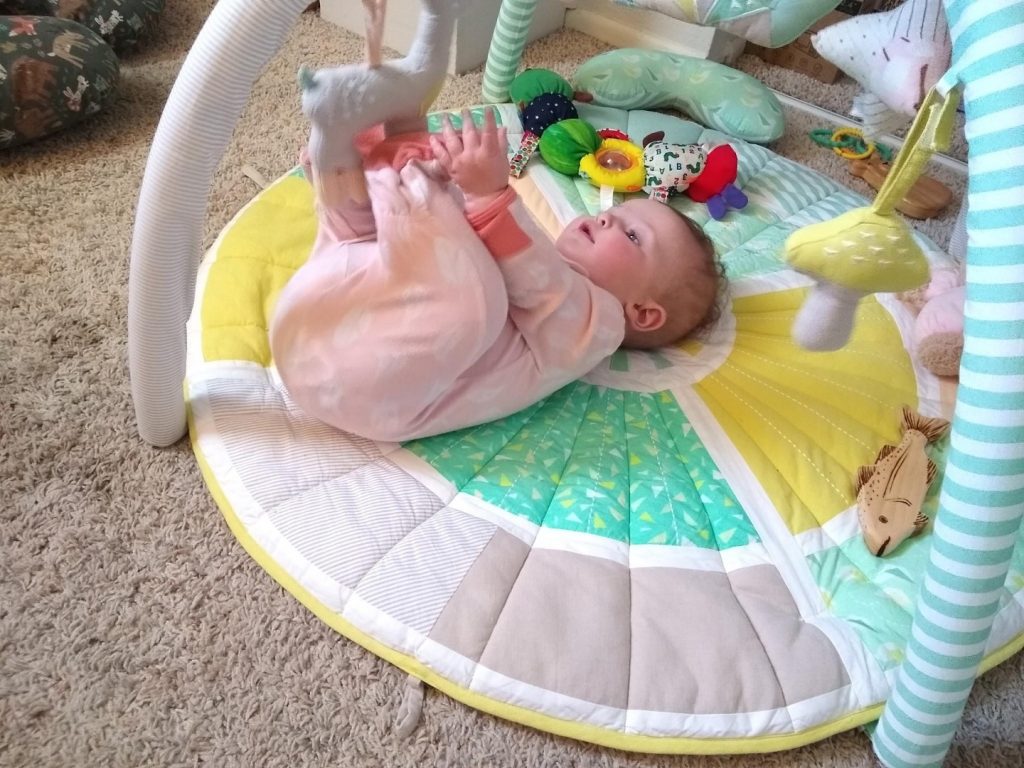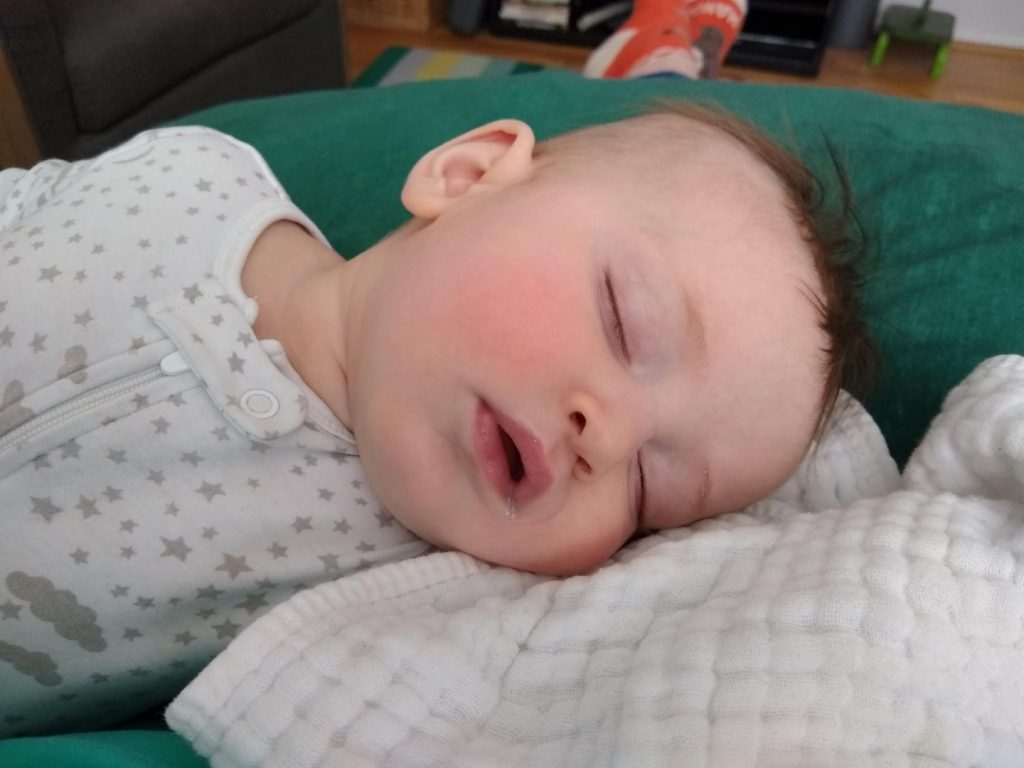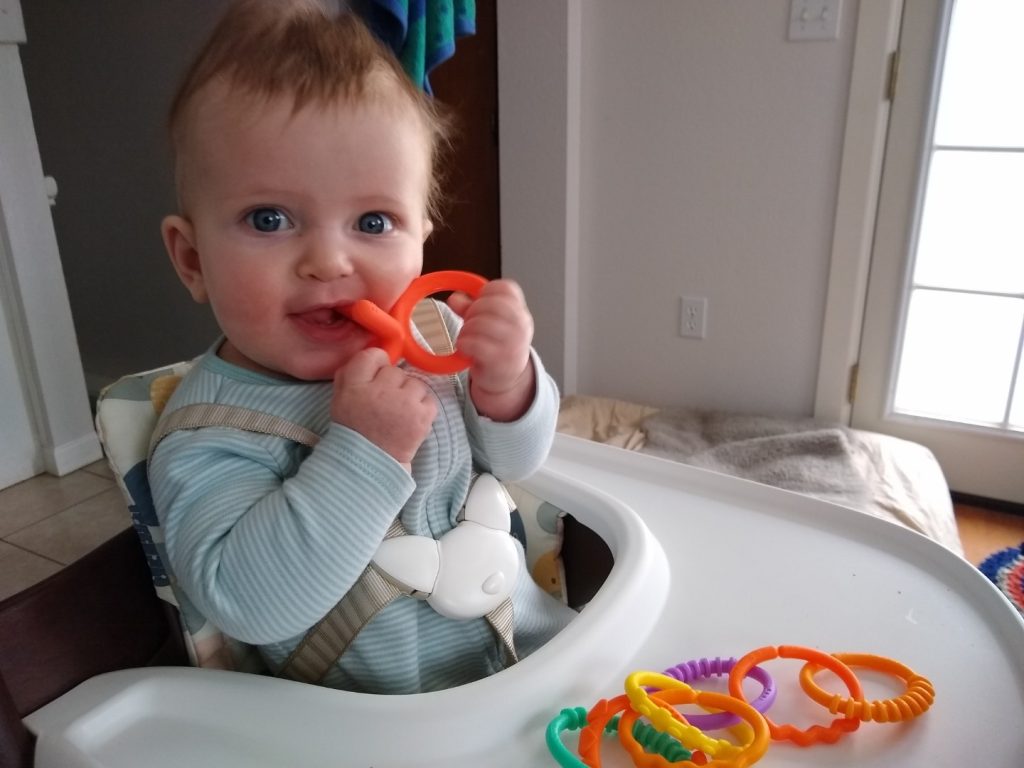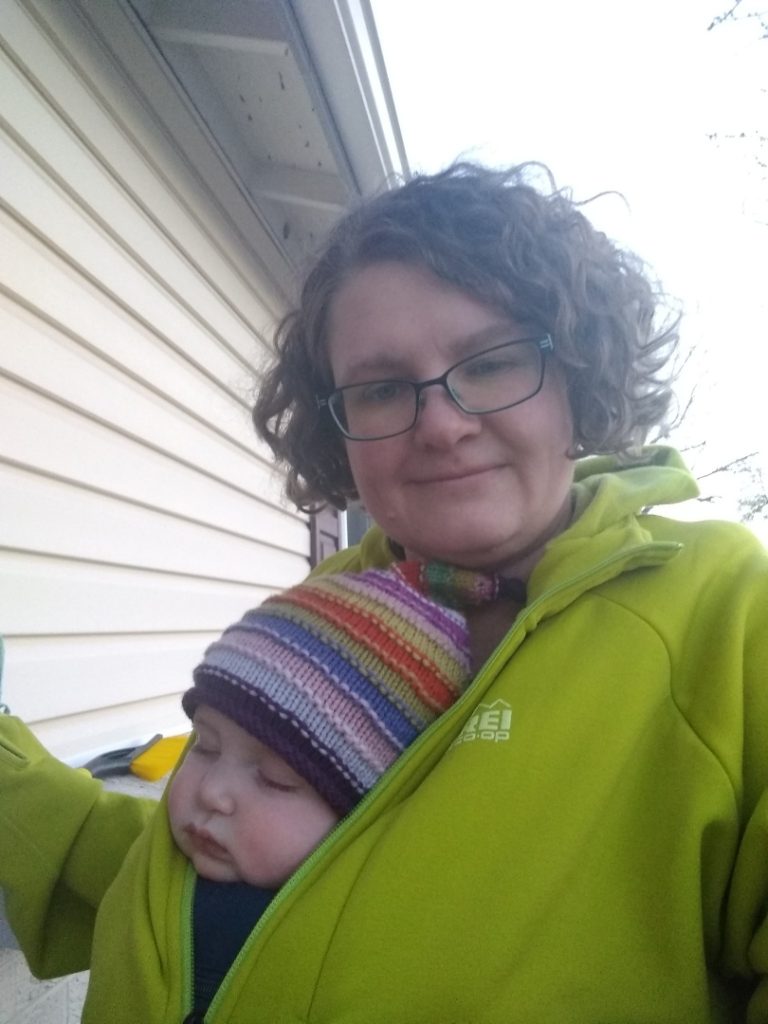Happy St Patrick’s Day!
I’m just hanging out while the furnace guy does some repair work (a little more than routine, but nothing major), waiting to see what the weather decides to be today — I woke up to some drizzly weather, but now the sun looks like it might come out. A soft day, as they might say in the Old Country…
I got in a decent towpath ride on Wednesday, once again killing multiple birds with one stone: I wanted to survey the route for the upcoming Road Scholar ride, maybe taking a few pictures along the way, and I also wanted to get in a D&L trail patrol ride.
Wednesday (like most days this week) was windy and a bit chilly, but the ride was pleasant and the trail surface was much more solid than I would have expected. I guess that with so little snow for the ground to absorb, it didn’t take much for the recent wind to dry things out. There weren’t all that many people on the trail, but I did see my old friend Kim H walking her dog, so we caught up for a bit before I continued on my way. My total distance was about 25 miles, and my total time, what with the wind and all the photography and socializing, was almost three hours.
I saw a few reportable issues on the ride, mostly garbage piles, so I documented them (with QField), and when I got home I tried uploading the incidents to my QGIS “trail reports” project before reporting them for real. (The trail patrol stuff is completely separate from and independent of the QGIS project, but hey I guess I just like doing things twice.) I thought that my recent network improvements would make the upload process smoother, and it probably would have but I use QField so seldom that I mostly just frustrated myself relearning what to do. Eventually I got it done, and also logged my trail patrol report.
Yesterday was another D&L day, volunteering at the Museum. I did some bike work and helped with moving some old exhibits into storage. Dinner was El Jefe take-out at Bonn Place, visiting with Anne’s friend Sarah. Today we’re going to see Chris Smither play at Godfrey Daniels, and then tonight is a St Patrick’s party in Jim Thorpe. Slainté!
